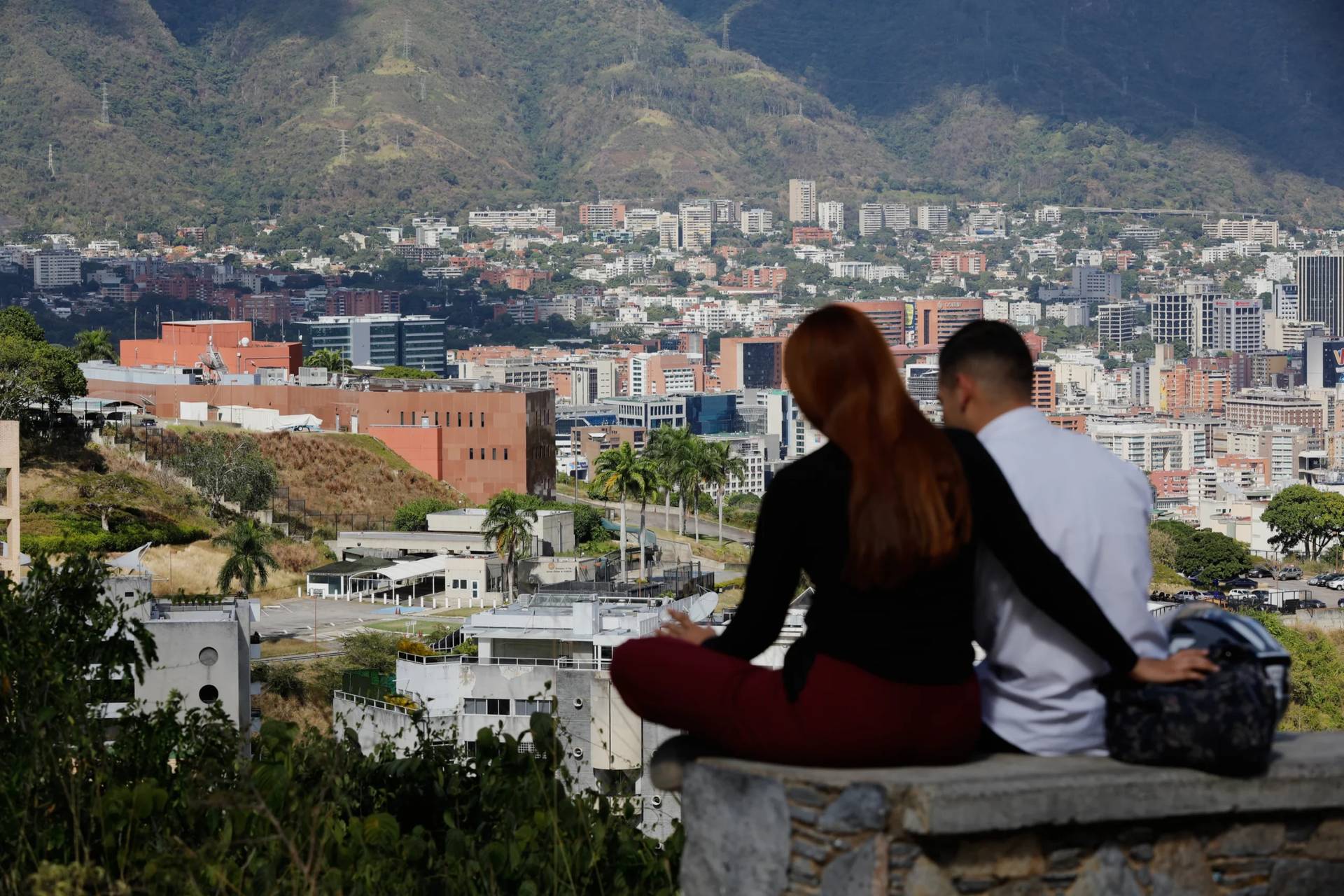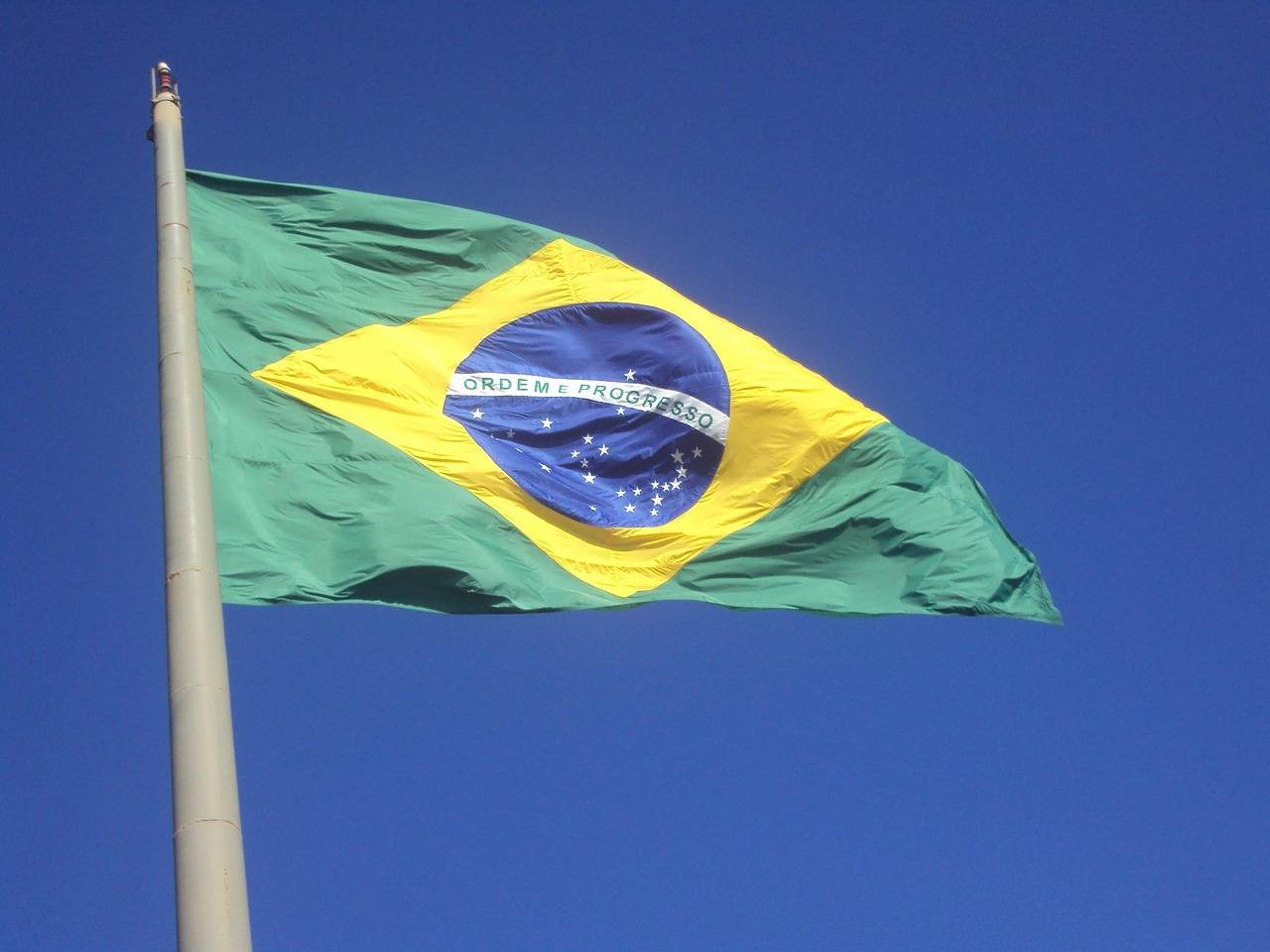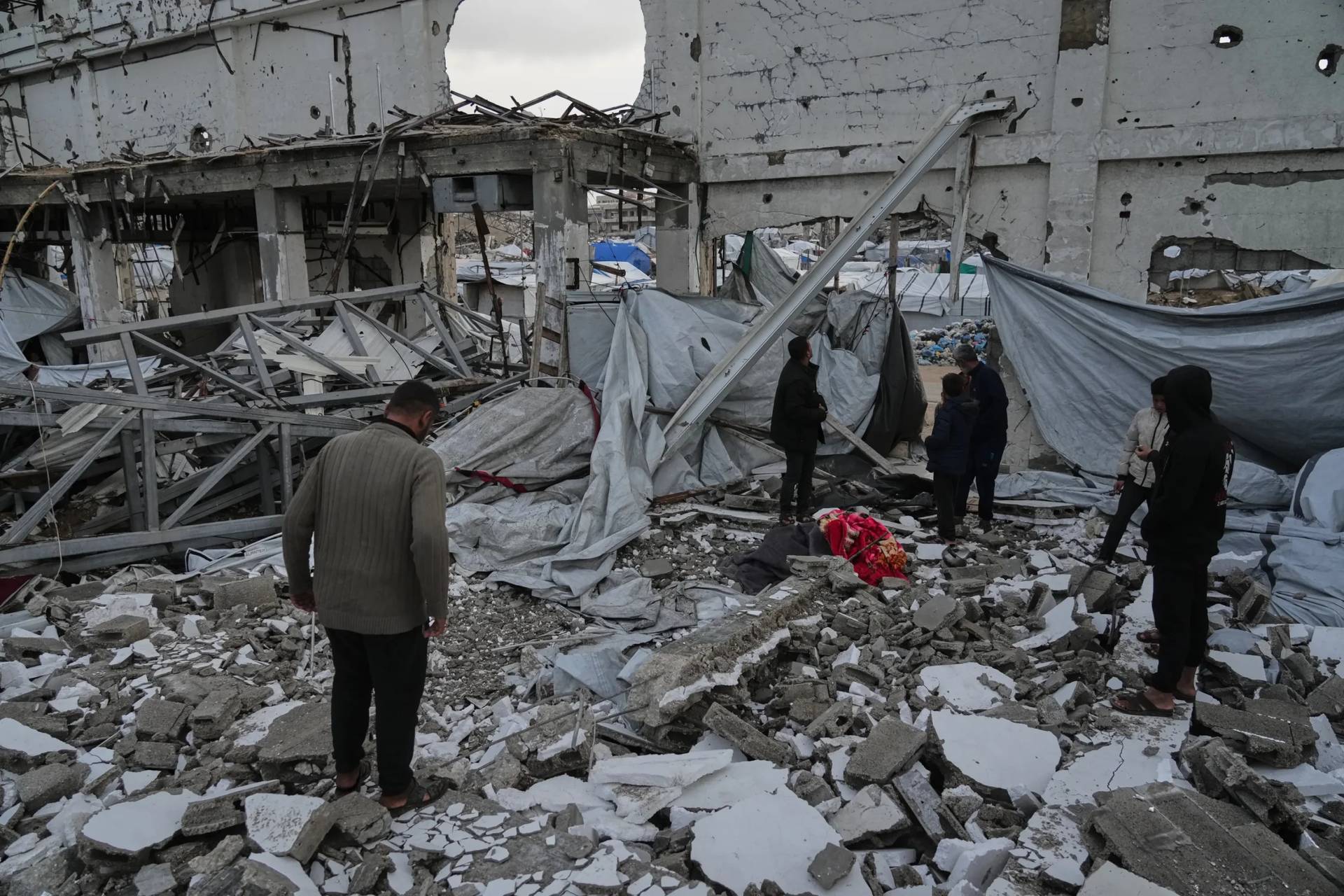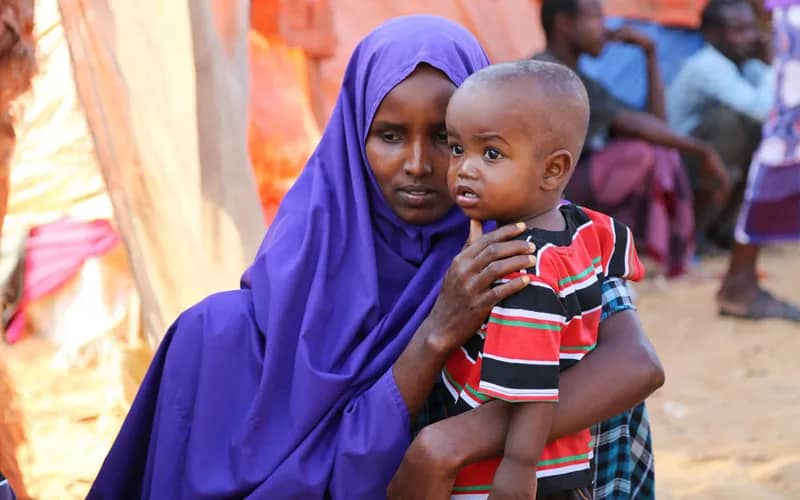SÃO PAULO – Authorities in Brazil found 1,937 people working as slaves in 2021, the largest number since 2013, when 2,808 workers were rescued from slavery.
According to anti-slavery activists in the South American country, the COVID-19 pandemic and the lack of adequate funding for operations against slavery in President Jair Bolsonaro’s administration are the main causes for the rise in the problem.
French-born Dominican Brother Xavier Plassat, who has headed a campaign against slave labor organized by the Bishops’ Conference’s Land Pastoral Commission (CPT) since the 1990s, told Crux that “it is a miracle” that so many operations against slavery – 443 last year – could be carried out with so little money dedicated to the issue.
“There has been a relevant cut in the funds of labor monitoring. At the same time, the number of denouncements and of people being victimized by slave labor is growing,” he said.
He claimed Bolsonaro’s allies have been normalizing slave labor in Brazil, disseminating ideas that somehow portray it as acceptable, he added.
“When the police and the monitoring agents find workers living in terrible conditions, obliged to drink water from nearby streams, for instance, people appear saying that it is not something degrading, given that they also drink water from a river at their house in the countryside during vacation,” Plassat said.
Degrading work conditions are one of the elements that fall under the definition of slave labor according to the Brazilian legislation. It also covers cases of forced labor, debt bondage, and exhausting travel conditions.
When a group of slave laborers is identified by the authorities during a monitoring operation or after criminal complaint, the owner of the farm or of the company is obliged to pay them their due salaries and legal benefits. Last year’s operations resulted in the payment of $2 million, according to Repórter Brasil, a non-governmental organization that combats slave labor.
Most of the cases reported to the authorities usually happen in rural areas. In 2021, 89 percent of the workers released from slavery-like conditions were from the countryside. Workers are usually employed in agriculture, forestry, charcoal production, and mining.
Plassat explained that people who had lost their lands – usually expelled by large ranchers and mega mining projects – are more susceptible to deception by employment agents who gather and supply slave labor to business owners. Such people are usually uneducated and have few other alternatives in the job market.
“That is why CPT’s program tries to combat slavery focusing on areas where migration is high and involves landless workers without access to the job market,” he said.
CPT officials offer workshops educating susceptible populations on their rights as workers and the dangers of slave labor.
“We also create alternatives for those workers by struggling for their right to land and defending their territories,” he added.
Plassat said that one of the slavery epicenters in Brazil continues to be the Amazon.
“Environmental destruction is totally connected to the exploitation of human beings. Violence is the tool used to organize workers and make them do whatever is needed to destroy vast forest areas, to conduct illegal mining in protected regions, and so on,” Plassat said.
He said that indigenous territories invaded by illegal miners and loggers are being destroyed by slave workers.
“Those are very profitable activities, supported by the organized crime and by the State. We know that part of the illegal miners operating at the Yanomami reservation, for instance, are slave workers,” he said.
According to Brígida Rocha dos Santos, a CPT official in Maranhão State, the pandemic has worsened poverty among the vulnerable people in rural areas, forcing them to migrate and making them more susceptible to labor contractors.
She said that the total lack of economic alternatives makes some people suffer slavery over and over.
“When they are released by the authorities, they feel relieved, of course. But it is a temporary happiness, because many times they are not able to find a job,” she said.
“Sometimes they are ashamed and do not want to go back home without the money they should have been paid. They know they are being victimized, but they do not accept they were enslaved,” dos Santos said.
She said that once a worker refused to believe he had been enslaved, although he was living in terrible conditions at a farm. He would argue repeatedly that he had not been chained and was not being beaten up.
“After being released, he developed some kind of post-traumatic disorder. He had a constant fear of being chased by the farm owner,” she said.
Dos Santos said that the pandemic created several difficulties for monitoring operations, so slavery-like conditions have been growing all over Maranhão State and other regions of the country.
“There has been also a great reduction in the number of governmental agents monitoring those cases. Bolsonaro has been failing to hire new agents,” she said.
Since 1995, more than 57,000 people were released from slavery-like conditions in Brazil. In general, most of them are men. Repórter Brasil reported that 90 percent of the slave workers released in 2021 were men, and 80 percent were Black. Twenty-one percent had a 5th grade education and 6 percent were illiterate.
“The conditions to slavery labor will continue existing while Brazil keeps presenting so many socioeconomic disparities,” dos Santos said.
















